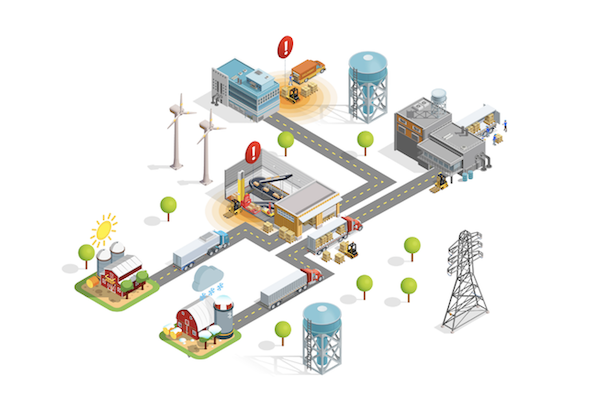Do you spend the most budget on tracking what you are manufacturing or what is doing the manufacturing? Unfortunately, most manufacturers spend the bulk of their automation budget on knowing the status of equipment instead of what that equipment is doing to improve yield or generate wate and GHG emissions.
A long time ago, in what feels like a world far, far away, pizza restaurants promised to deliver their pies to customers within 30 minutes or they were on the house. By the 28th, 29th minute, the suspense was unbearable. Will they show up on time, or am is dinner free tonight? In 1994, FedEx launched the first online package tracking. Now recipients are ready to revolt when their Instant Pot hasn’t been delivered promptly, knowing it reached the distribution center just late last night. Sensing an opportunity, Dominoes introduced its Pizza Tracker in 2008. It was quite the novelty to be able to follow the progress of an order from the time the “Place Order” button was clicked to the delivery driver knocking on the door. DoorDash took the concept a step further in 2013 with more granular tracking of food orders: from order confirmation, Dasher at the restaurant, to delivery on the way, complete with real-time GPS tracking. With this kind of tracking and accountability becoming the norm at the consumer level, surely can we not only match but far exceed these standards in the supply chain, particularly considering there is often tens of millions of dollar on the line? Yes, we can.
![]()






